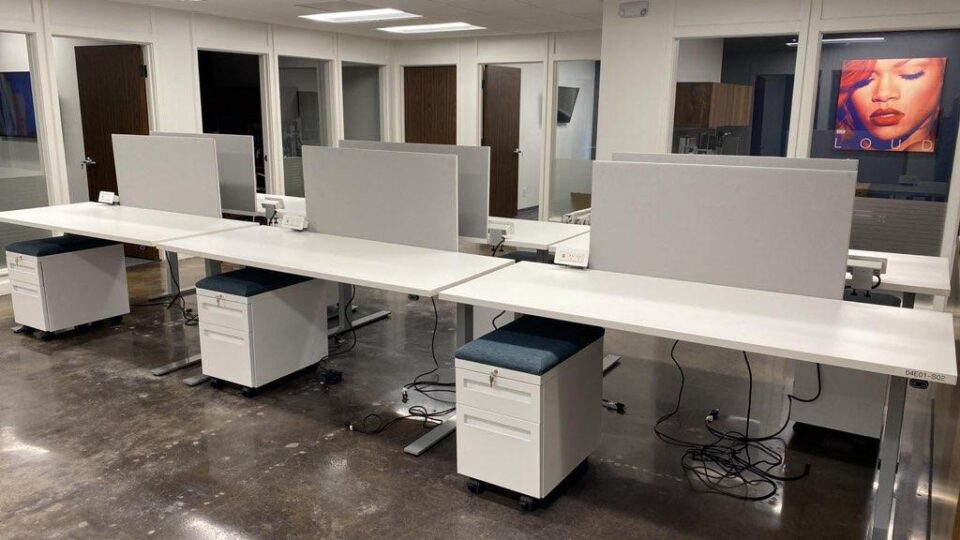In the dynamic world of office design, the creation and evolution of signature furniture have played a pivotal role in shaping contemporary workspaces. The term “signature furniture” resonates with a sense of uniqueness and individuality, reflecting the essence of innovation and style. This article delves into the inspiration behind the inception of the signature collection, exploring its transformative journey over time, and how it has become synonymous with modern office aesthetics.
Table of Contents
The Genesis of Signature Furniture:
The concept of the signature collection emerged from a desire to break away from conventional office furniture designs. In the quest for a more personalized and distinctive environment, designers sought inspiration from various sources. The fusion of art, architecture, and functionality became the driving force behind the creation of signature furniture.
Innovative designers drew inspiration from diverse elements, including nature, cultural influences, and avant-garde artistic movements. This eclectic mix gave birth to a range of furniture pieces that transcended the boundaries of traditional office setups, introducing a new era of creativity and functionality.
The Intersection of Form and Function:
Signature furniture goes beyond mere functionality; it embodies a harmonious blend of form and function. Each piece is meticulously crafted to serve its practical purpose while simultaneously making a bold design statement. This emphasis on aesthetics and utility has contributed to the widespread popularity of signature furniture in modern furniture office.
The Evolution of the Signature Collection:
Over the years, the signature collection has undergone a fascinating evolution, adapting to the changing needs and preferences of the contemporary workplace. Initially characterized by bold shapes and unconventional materials, the collection has evolved to embrace a more minimalist and versatile design language.
In response to the growing emphasis on collaborative work environments, many signature furniture pieces now prioritize flexibility and adaptability. Modular designs and multifunctional elements have become integral to the evolution of the collection, allowing for easy customization and reconfiguration of office spaces.
Technological Integration:
The integration of cutting-edge technology has also played a significant role in shaping the evolution of signature furniture. Modern office environments demand seamless connectivity and smart solutions. As a result, designers have incorporated innovative features such as built-in charging stations, IoT-enabled functionalities, and ergonomic adjustments into signature pieces, enhancing both the user experience and overall workspace efficiency.
Sustainability and Material Innovation:
In tune with the global shift towards sustainable practices, the evolution of signature furniture has embraced eco-friendly materials and manufacturing processes. Designers are now exploring the use of recycled materials, responsibly sourced wood, and energy-efficient production methods, aligning the collection with the principles of environmental consciousness.
Case Studies: Exemplifying the Evolution
To illustrate the transformative journey of signature furniture, let’s delve into a few case studies showcasing notable pieces that have stood the test of time.
- The Iconic Chair Series:
- Originating as a bold experiment in ergonomic design, the iconic chair series has evolved to prioritize sustainability without compromising on comfort and style. Recyclable materials and innovative manufacturing techniques have redefined the narrative of modern office seating.
- Versatile Workspace Solutions:
- Signature desks and workstations have undergone a metamorphosis to meet the demands of flexible work arrangements. Modular components and smart storage solutions cater to the diverse needs of a contemporary workforce, promoting efficiency and adaptability.
Conclusion:
The journey of the signature collection in modern office spaces is a testament to the ever-evolving nature of design, influenced by a myriad of factors ranging from cultural shifts to technological advancements. As we continue to witness the fusion of form, function, and sustainability, signature furniture remains a cornerstone in shaping the aesthetics and functionality of the modern workplace. It is not merely about creating furniture; it is about crafting an experience that inspires creativity, fosters collaboration, and stands as a testament to the evolving nature of work itself.

